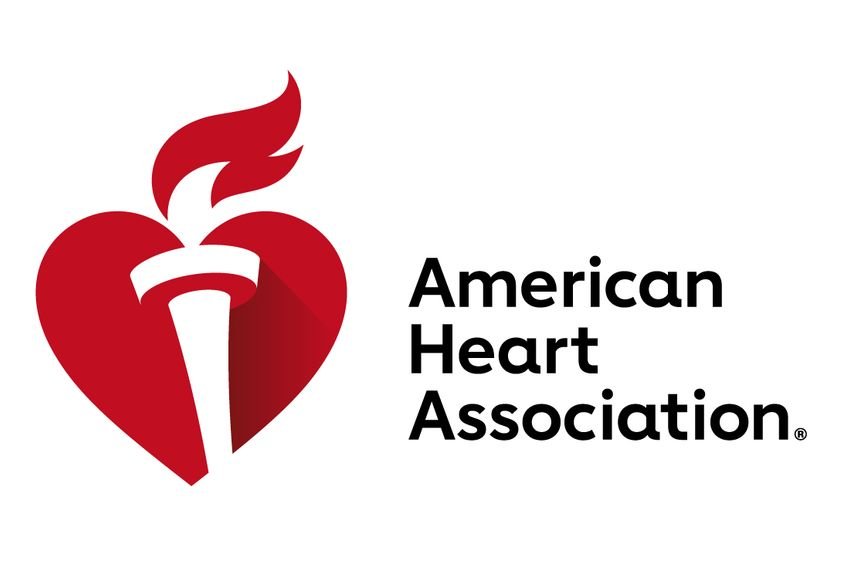Challenge-Based Learning
I got my first TA job when I was 5 years old. To prepare her new lesson plans, my mom and I would line up a bunch of stuffed animals, and take them through a mock class session. I’d assist her by passing out worksheets and (of course) giving the animals a voice. This playful experience was formative in shaping my interests in both performance and education. Since 2017, I have worked with the USC Iovine and Young Academy to contribute to the school’s growth and expertise in Challenge-Based Learning.
“Through industry-facing initiatives and real-world challenge prompts, Academy students develop projects in response to complex problems facing individuals, communities, organizations, and society at large. With Challenge-Based Learning, students develop skills and knowledge in design, business, communication, and technology to bring an idea to life.”
I’m proud to serve as Associate Dean for Academic Planning at the USC Iovine and Young Academy. There, much of my teaching is realized through direct collaboration with industry; I work with an amazing team of faculty to develop challenge prompts and strategies to tackle the project.
The approach we’ve developed with industry partners typically follows a four step process: discern, prompt, prototype, and feedback.
Discern: collaborate with diverse stakeholders to understand the problem spaces you are working within.
Prompt: write a challenge prompt; an ambitious and open-ended question that serves as the project’s North Star
Prototype: learn and explore the challenge through active making
Feedback: access insights from a diverse network of stakeholder; plan to improve/next steps
For a deeper-dive on Challenge-Based Learning, check out my Forbes article from 2022: “Challenge-Based Learning: Rethinking Approaches To Capacity Building For Teams”.
Here are a sample of the challenges we’ve had the privilege to explore using the above framework at USC. These projects have taken many shapes and sizes, from weekend hackathons and 4-8 week sprints, to semester-long courses and multi-year research projects.
What does the future of the Internet look like? How might we “search”, navigate, and organize information in the future?
How might we anticipate the future challenges and desires of educators? What does the student experience look like in the future?
How might trends like blockchain technology, pop-up retail experiences, and the circular economy impact infant and toddler toys?
How might we leverage virtual healthcare technologies to improve the healthcare experience for pediatric patients managing diabetes and obesity?
What unique value might the American Heart Association be able to provide to communities including Provincetown, Massachusetts; Dallas, Texas; San Juan, Puerto Rico? How might the organization grow its relationship with younger generations?
In what ways can the City of Los Angeles best support small businesses who have been impacted by the COVID-era, or best prepare businesses for future challenges?
How might the hybrid and remote work environments change the day-to-day hardware and systems needs of workers?
What are the key signals of change to invest in, in healthcare, energy, and food, that have the most potential for growth and positive impact in our daily lives?
How might we apply the Challenge-Based learning model to high school education? What might the student experience of an “Iovine and Young” high school look like?
How might we find jobs in the future?
What infrastructural and behavioral changes are necessary for USC to achieve its goal of generating 0 waste by the year 2028? What is an innovative strategy that can support the campus in this goal?
How might we develop a new product that increases brand relevance for kids age 8-10? How might the Hot Wheels track system be applied to K-12 learning experiences?
Iovine and Young Center
The Iovine and Young Center for Integrated Design, Technology and Entrepreneurship Magnet, part of the Los Angeles Unified School District, is a public school that integrates design, technology, and entrepreneurship.
Leading up to the school’s launch in Fall 2022, I led an interdisciplinary team of students and faculty in order to develop a four-year curriculum, along with a detailed vision for the 9th and 10th grade student experience. This effort is part of the Iovine and Young Academy’s vision to translate our unique Challenge-Based Learning Framework to impact different settings. In addition, I facilitated teacher training workshops, and the design of an interdisciplinary summer program for LAUSD students. Post-launch, I continue to advise the school on curriculum design, student experience, and teacher training. The following is a high-level overview of the curriculum:
Freshman Year: Students will take foundational design courses in Adobe Photoshop, Illustrator and InDesign, 3D modeling, web design, motion graphics and more in a project-based learning environment. Students will use the latest software and technologies to stay current with the graphic design industry and begin to build a portfolio of work.
Sophomore Year: Students will learn the computational frameworks and latest programming languages to develop competence and confidence to adapt to a rapidly changing technological world.
Junior Year: Students will apply essential business and entrepreneurial skills with deep-dives into disruptive innovation, financial and competitive analysis, and business planning.
Senior Year: Students will propose and develop a breakthrough idea through a capstone project supported by a range of integrated offerings.
The school’s successful launch has opened up opportunities for me to present our thinking to education leaders from across the country, including Dr. Miguel Cardona, Secretary of Education.
🗣















